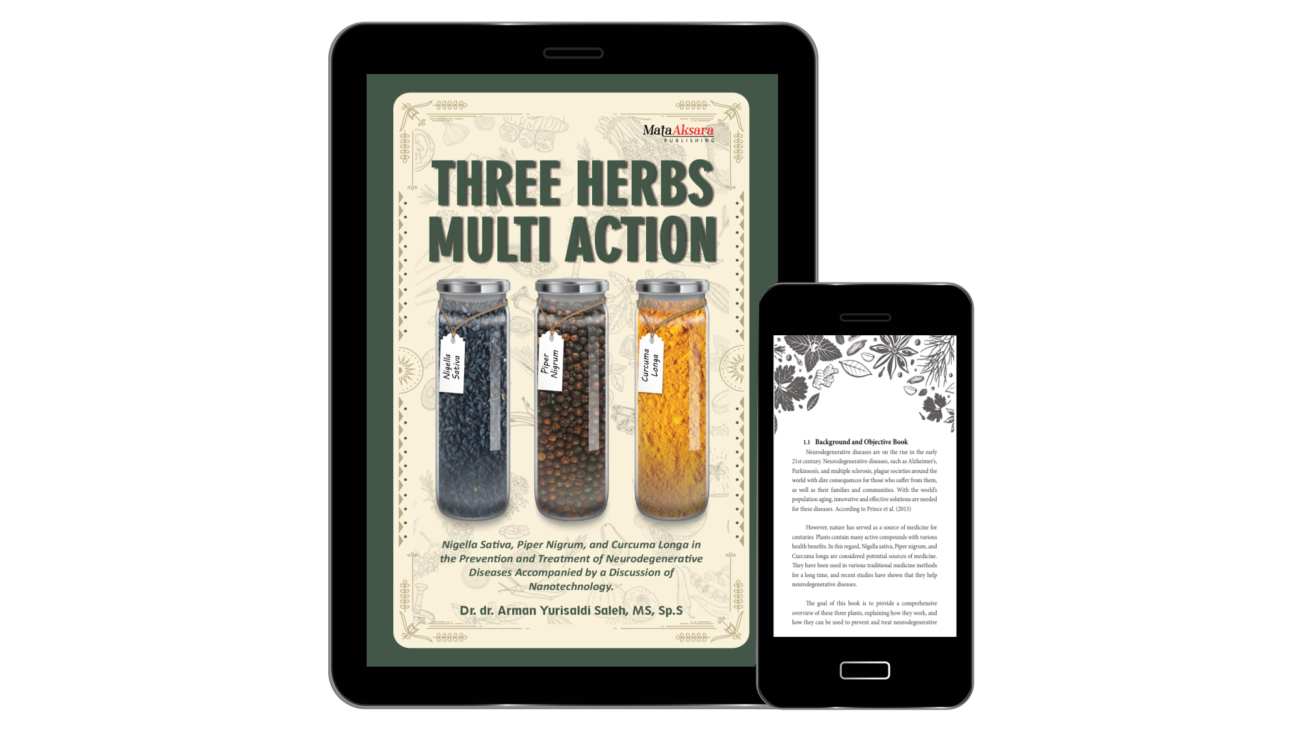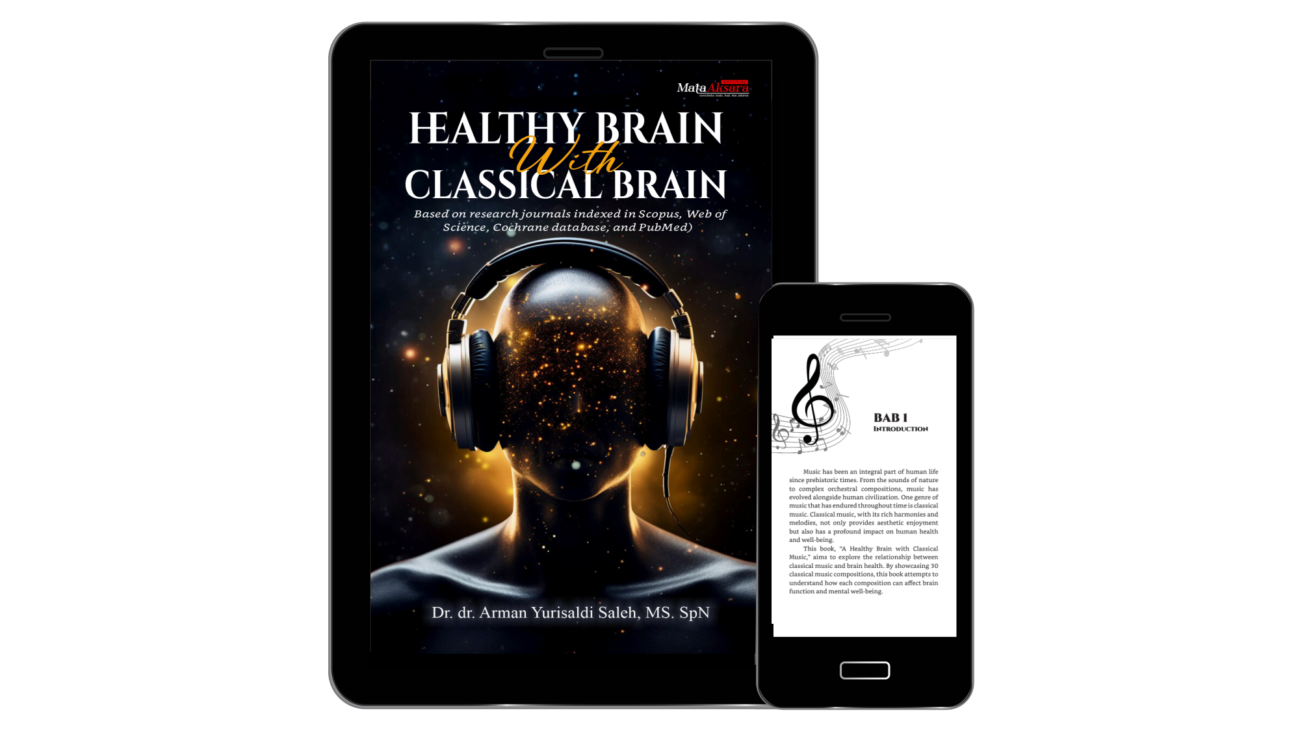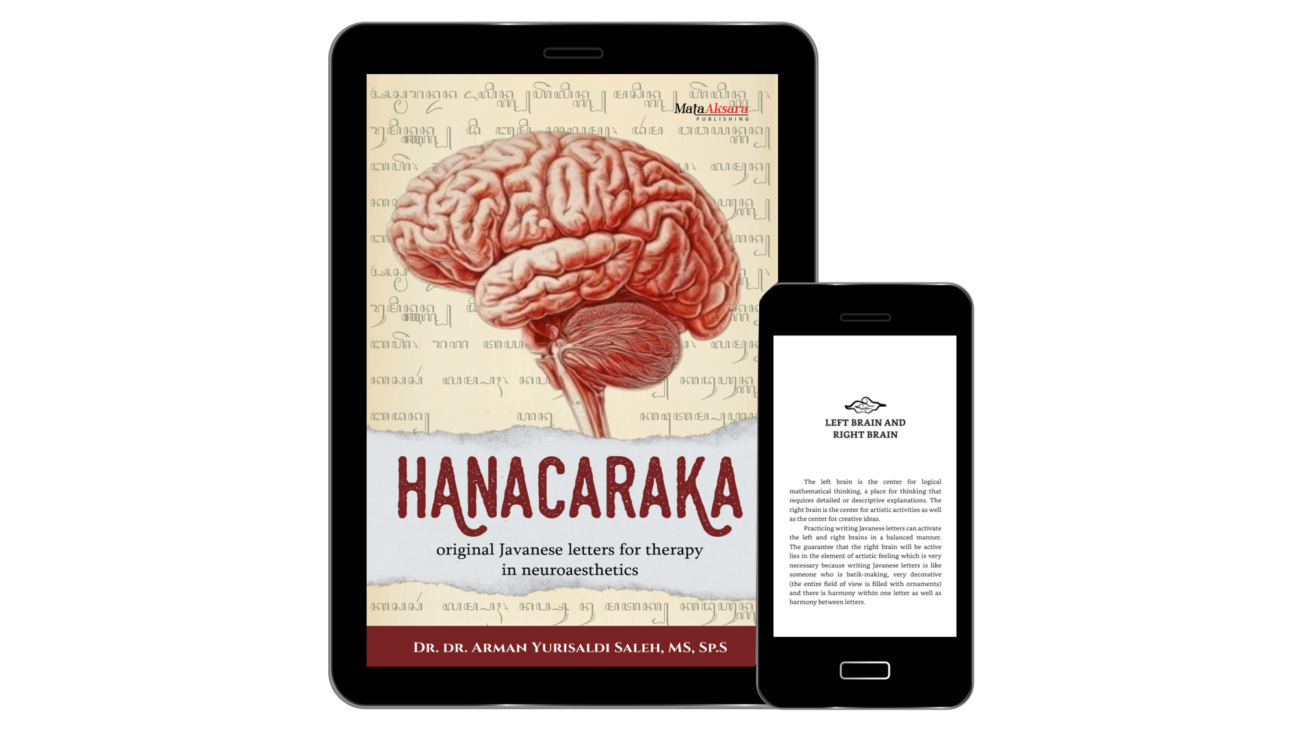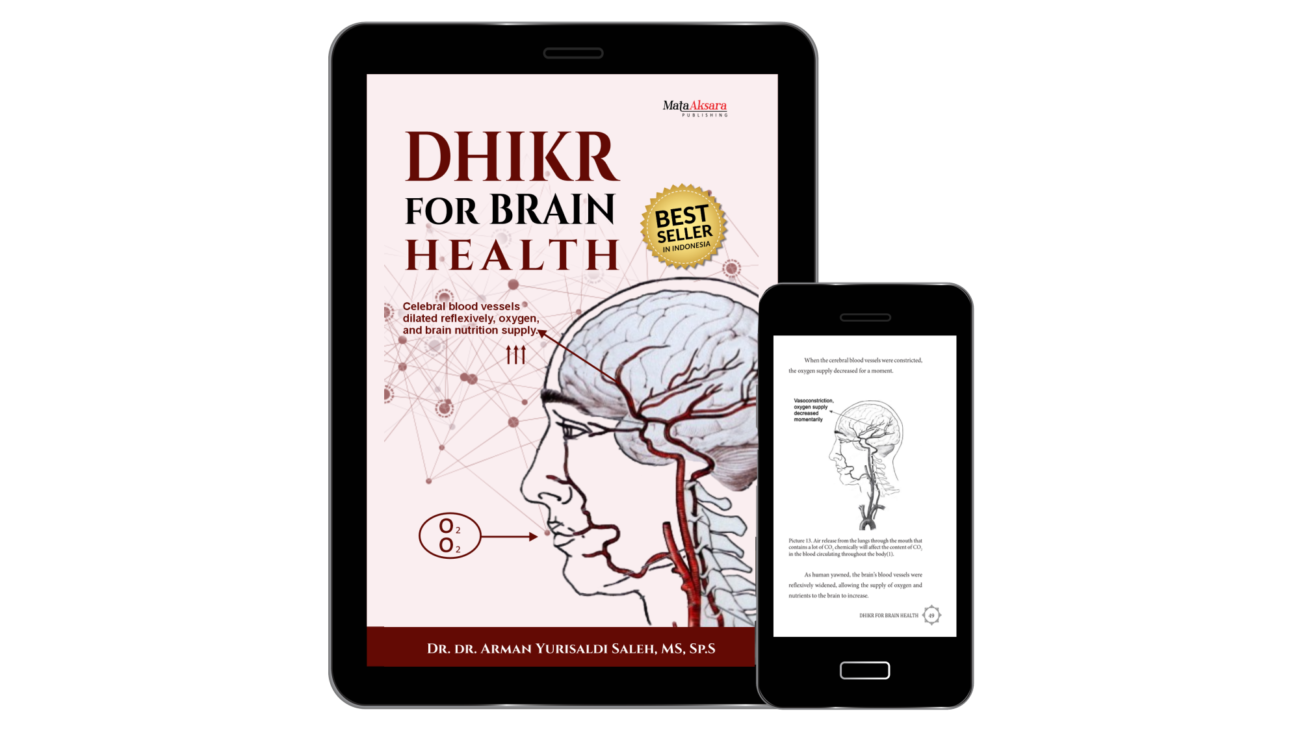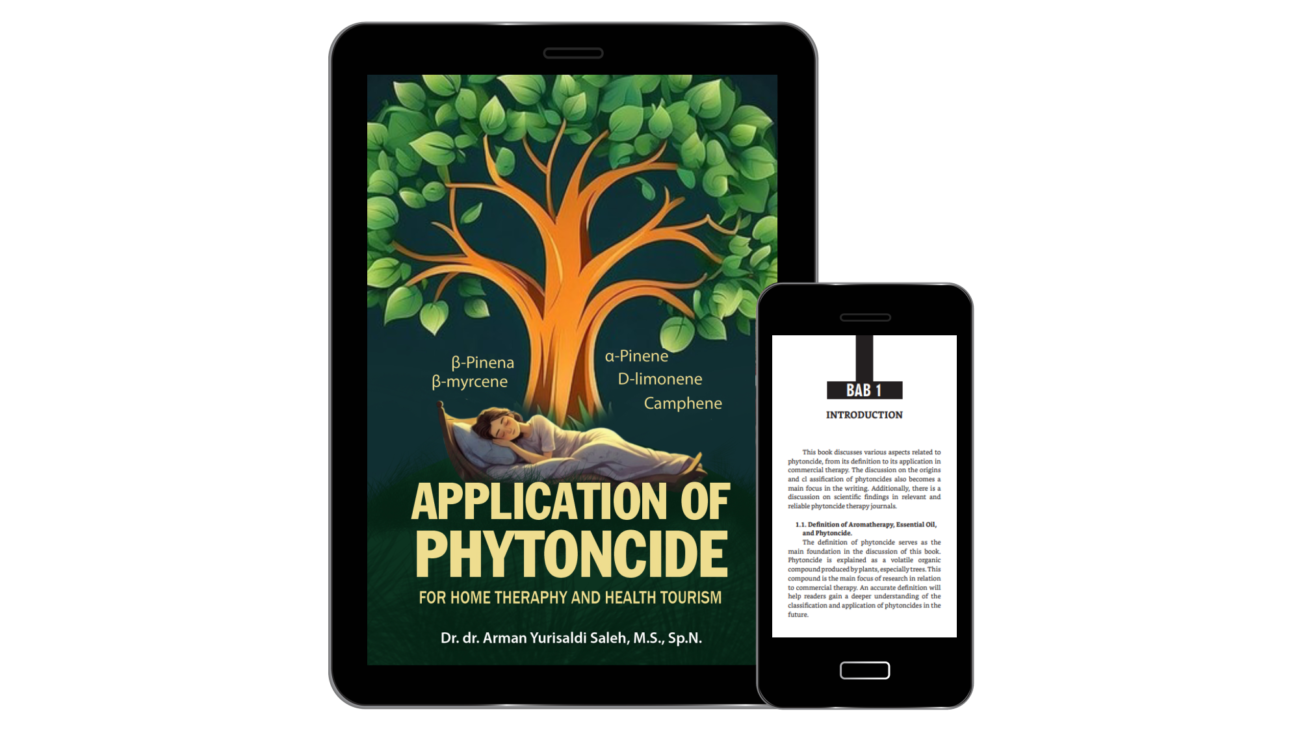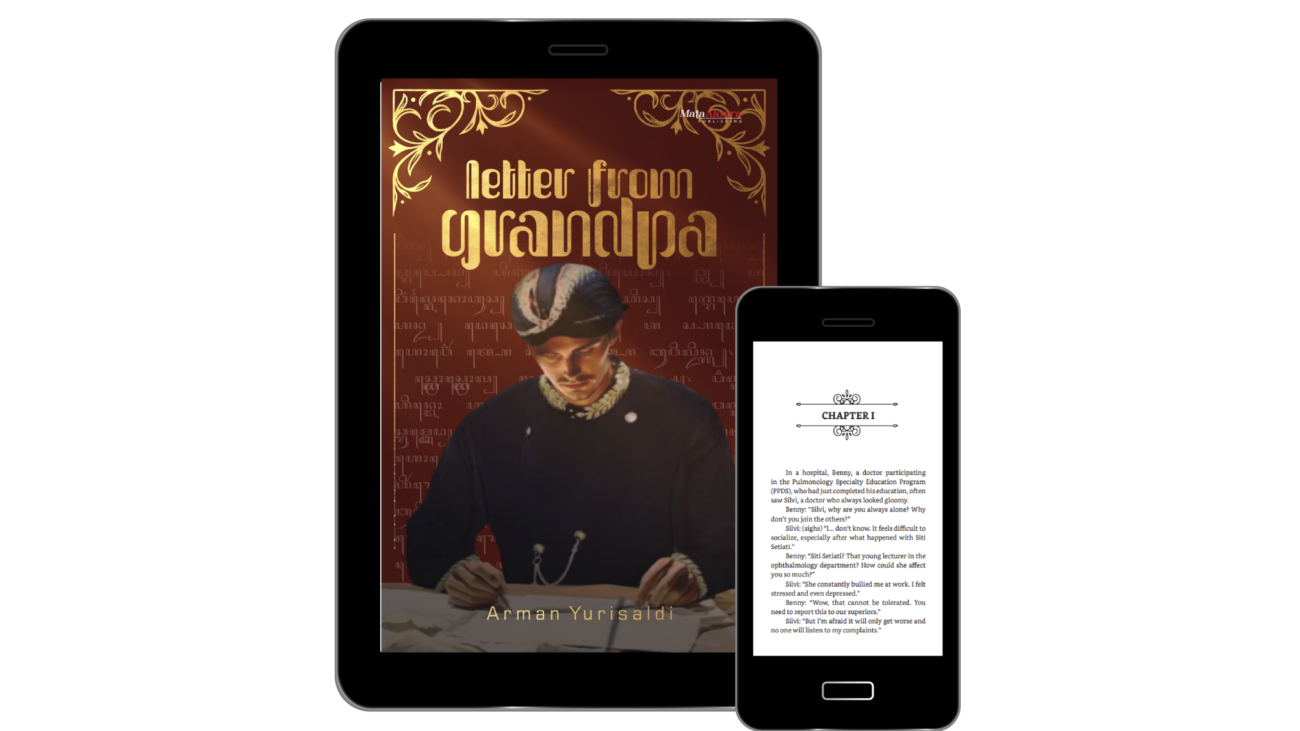(Nigella Sativa, Piper Nigrum, and Curcuma Longa in the Prevention and Treatment of Neurodegenerative Diseases Accompanied by a Discussion of Nanotechnology.)
“Three Multi-Action Herbs” serves as a well-rounded resource, offering both a
scientific and a holistic perspective on the potential of herbal medicine aided by
nanotechnology in the battle against neurodegenerative diseases. The merging of tradition
with innovation represents a hopeful horizon for patients and healthcare providers alike,
suggesting that a balanced approach to health—embracing natural remedies supported by
scientific validation—may lead to significant advancements in medical treatments for
neurodegenerative ailments. This holistic treatise invites readers not only to appreciate the
wisdom of herbal traditions but also to look forward to the evolving landscape of medicine in
the 21st century.

